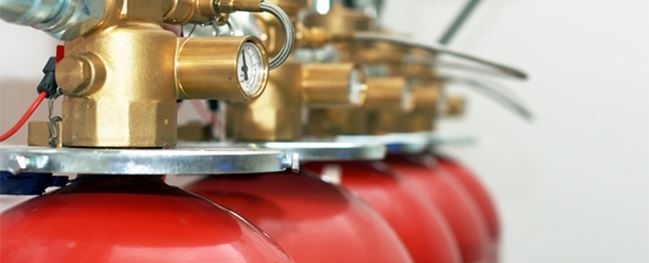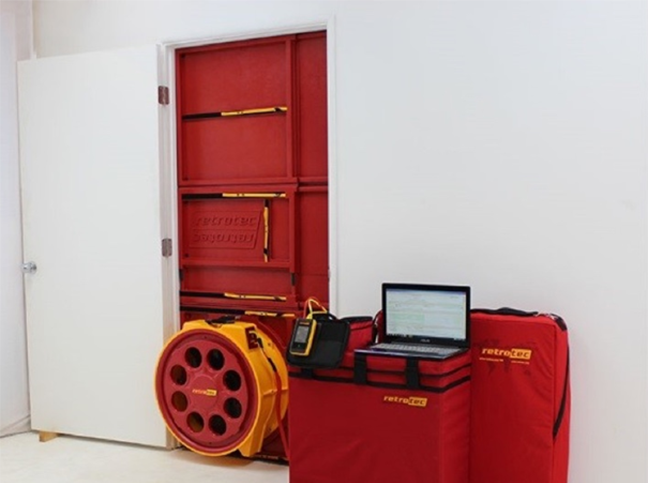
In our previous article, we discussed the fields of use of Clean Gas Automatic Fire Extinguishing Systems and why periodic testing and maintenance is necessary. In this part, we will talk about the necessary steps to be taken in testing and maintenance of the mechanical components of the Clean Gas Automatic Fire Extinguishing Systems.
The TS EN 15004-1 standard stipulates that the gas amount and pressure level controls of the cylinders must be conducted at least once every 6 months. In the systems such as FM-200 and Novec 1230, where the extinguishing gas is stored in liquid form, the cylinder pressure level is measured by the manometer. If the pressure loss is more than 10%, the cylinder needs to be re-pressurized.
In the course of time, some of the extinguishing gas in the cylinders may leak out. If the resulting gas leakage is more than 5% of the actual filling amount, it is considered that the cylinder will be ineffective in extinguishing the fire and therefore, it should be refilled.
Two methods are used to determine the amount of gas. In the first method, after the system is deactivated, the cylinders are disassembled and weighed and then reassembled. The disadvantages of this method are that the site remains unprotected during the measurement, and workmanship costs are high. In the second method, the level of the extinguisher in liquid form in the cylinder is determined by using an ultrasonic level measurement device, and the amount of gas is calculated. This process, which can be completed in seconds, is both a cost-effective and secure alternative.
In inert gas extinguishing systems, as the extinguisher is stored in gas form, measuring the pressure value from the manometer is sufficient to determine both the amount and the pressure level.
Periodic testing and controls of the cylinders are conducted pursuant to the national pressure vessels regulation. Accordingly, the hydrostatic tests of the cylinders should be conducted by using 1.5 times the operating pressure, and the cylinders that fail the test should be disposed of. Extinguishing gases stored in liquid form are taken into a separate vessel before the test and then filled back into the cylinder at the end of the test. Extinguishers stored in gas form are discharged directly into the atmosphere.

We have talked about the room integrity tests in a previous blog post.
It is not sufficient to conduct the room integrity test only before the system is commissioned. The enlargement and shrinkage that may occur inside the room, change of the protected equipment and the leakage points that may subsequently occur make the extinguishing system insufficient. Therefore, it is required to conduct structural checks on the volume and repeat the room integrity test at least once a year after the installation.
Along with the entire system, the hoses used should be also controlled visually once per year. If any damage is observed in the hoses, they must be replaced with new hoses.
In our next article, we will discuss how to test and maintain the detection and control equipment of the extinguishing system.